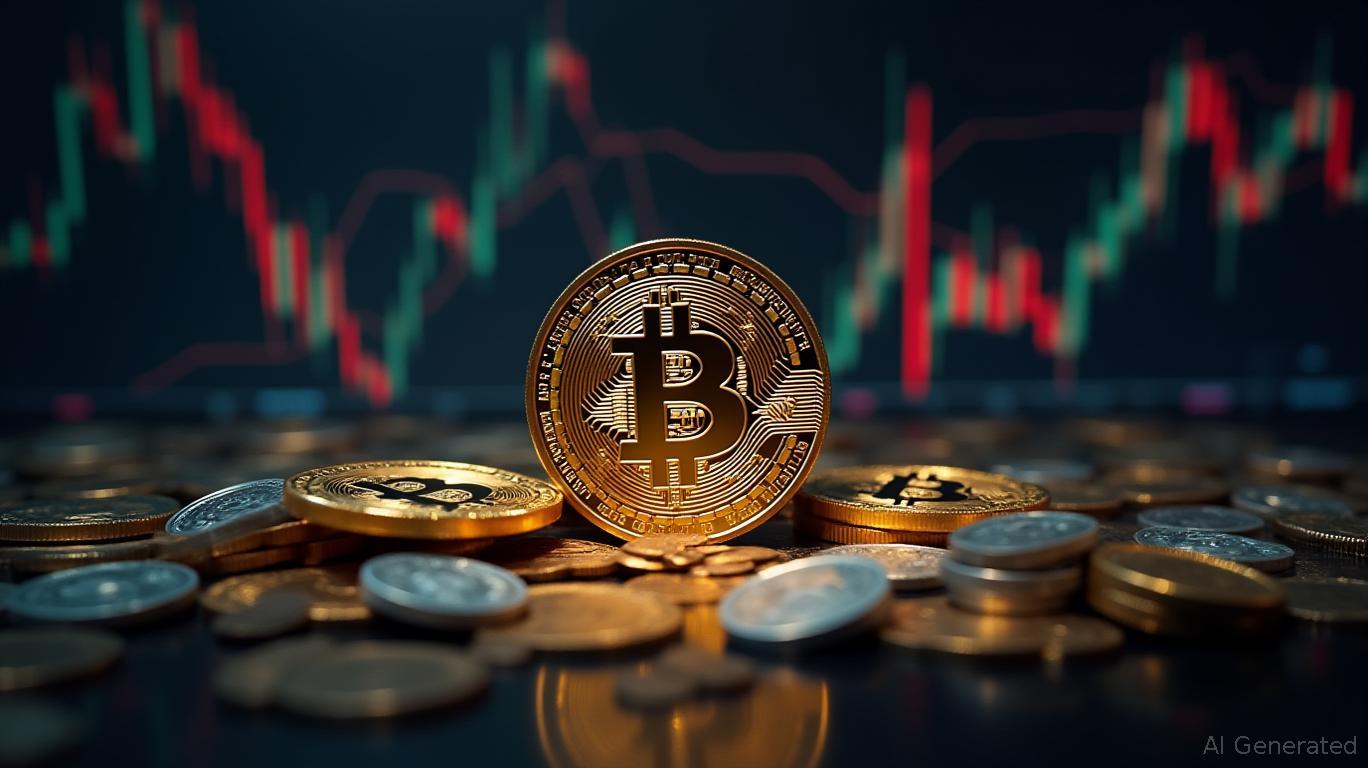Binance's 25 million new users raise Bitcoin collateralization concerns
Binance's rapid expansion, with over 25 million new customers in just five months and a market share of 38–41% of worldwide trading volume, has raised concerns about the actual collateralization of Bitcoin held by custodians. The platform's success is attributed to its history of innovation, regulatory compliance, and robust security measures, which have attracted traders globally. However, the influx of users has sparked questions about whether exchanges and custodians truly possess all the Bitcoin they claim to hold, potentially leaving users exposed if too many sites issue "paper Bitcoin" IOUs not backed by actual BTC.
Industry experts and analysts are advocating for proof of reserves (PoR), a new level of transparency that requires custodians to provide on-chain, publicly verifiable evidence of their asset holdings. This move aims to build trust as both institutional capital and retail users increasingly enter the crypto market. Some companies, like Metaplanet, already offer reserve addresses and transaction histories for independent auditing. Nick Ward of Bitcoin Magazine emphasizes that proof of reserves should be the minimum standard for Bitcoin treasury businesses, ensuring shareholders have verifiable, on-chain evidence of the BTC's existence.
Regulatory bodies are also intensifying their scrutiny. In the United States, the SEC's April 2025 roundtable on
custody marked the beginning of stricter standards for crypto storage. The proposed "Safeguarding Rule" mandates robust controls, open reporting, and written assurances of safeguarding in case of insolvency. While these measures aim to protect investors, there are concerns that they could reduce the number of qualified custodians, potentially increasing risk if not managed carefully. The focus is now on "Know Your Custodian," emphasizing due diligence and transparency in future regulatory requirements.For retail users, the risk of being left with unbacked IOUs increases with the growing number of users on exchanges like Binance. Institutions face even higher hurdles, requiring compliance, insurance, and third-party audits to onboard pension funds and endowments. The integrity of the industry and its ability to attract mainstream capital may hinge on whether proof-of-reserves becomes standard practice. Some advocates push for on-chain verification by all major custodians, while others believe only the most transparent exchanges will endure future market challenges. The sentiment among investors and analysts is clear: transparency is not optional but a duty for companies leading with Bitcoin.
As the crypto world accelerates towards mass adoption, the demand for actual, verifiable Bitcoin, rather than "paper" promises, is set to be a critical theme in the next phase of digital asset trust. The industry's ability to meet this demand will determine its future trajectory and the level of trust it can build with both retail and institutional investors.


Comments
No comments yet